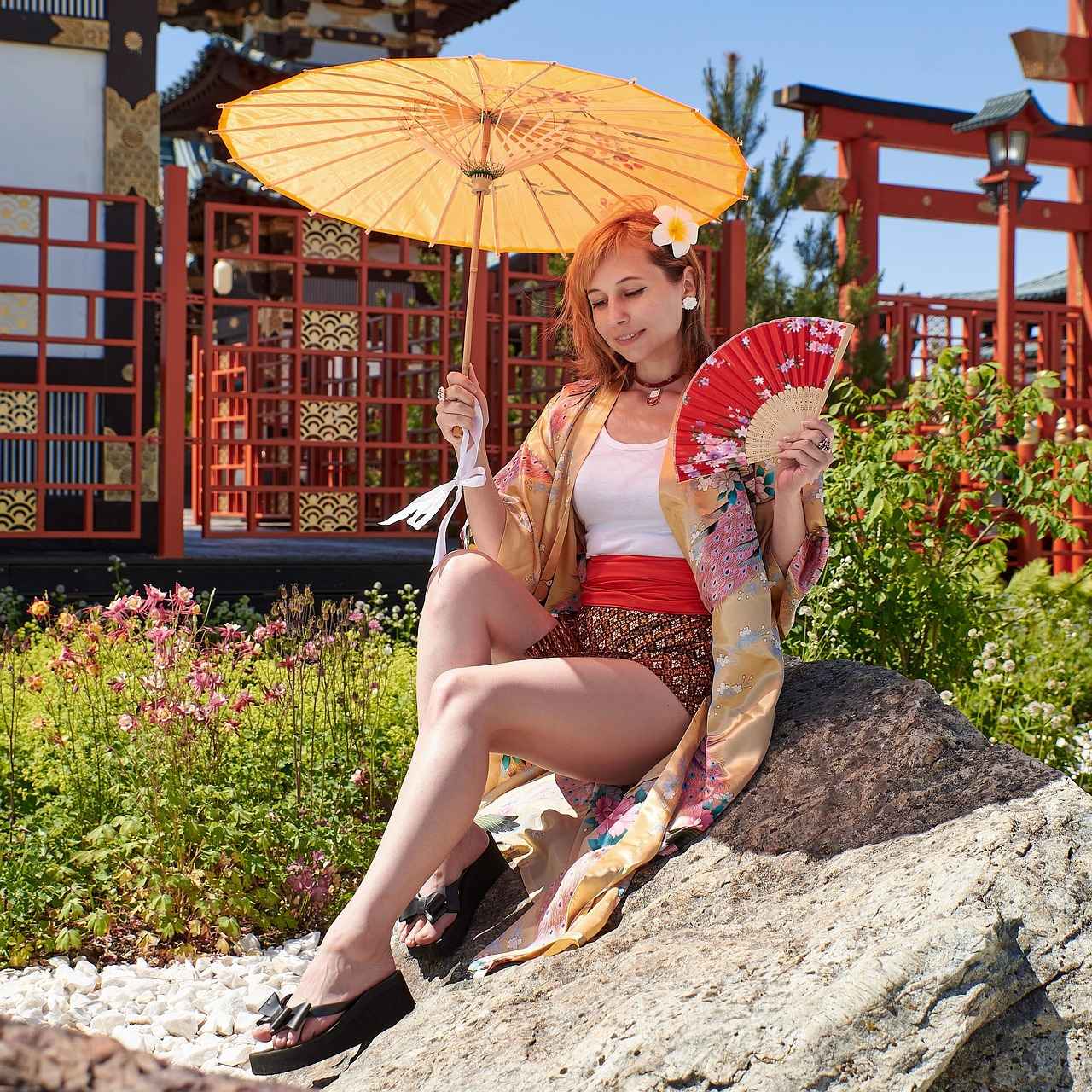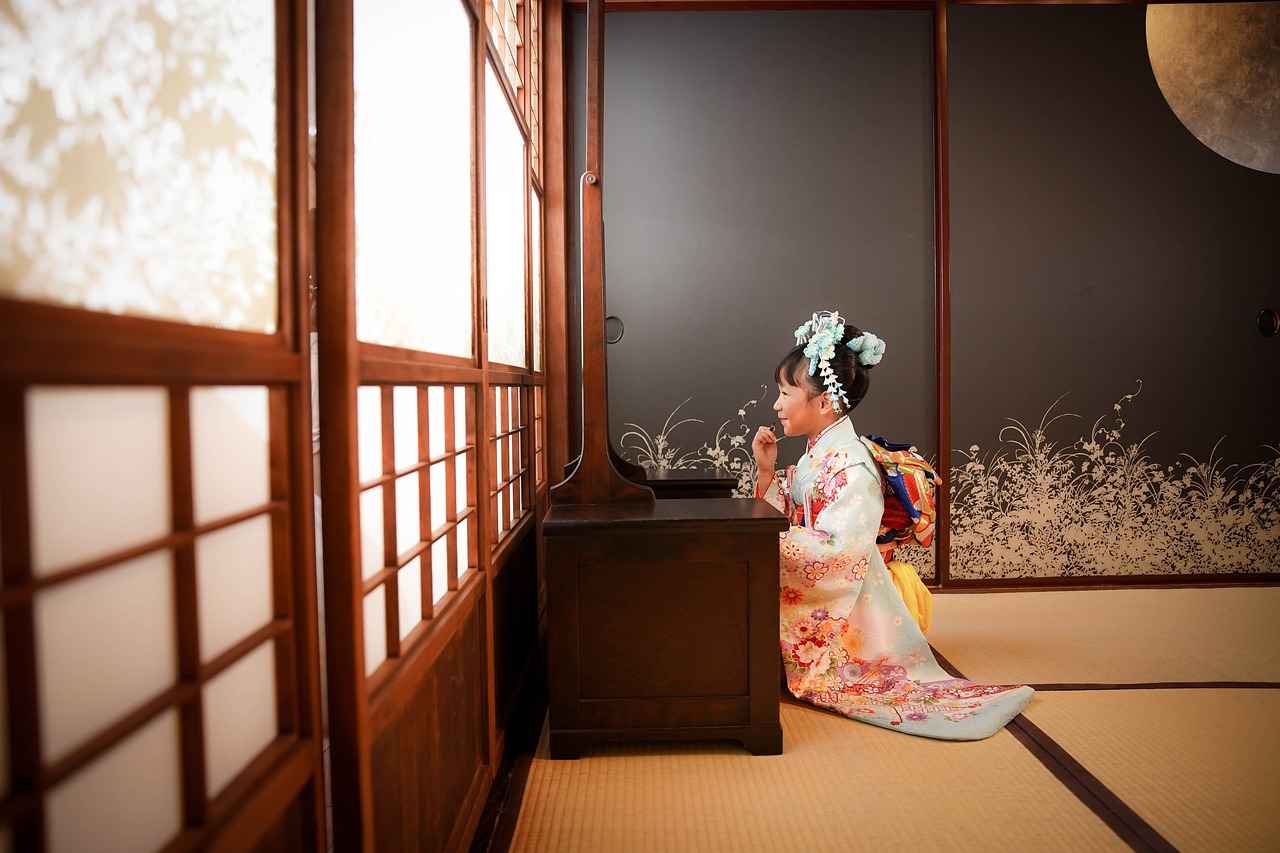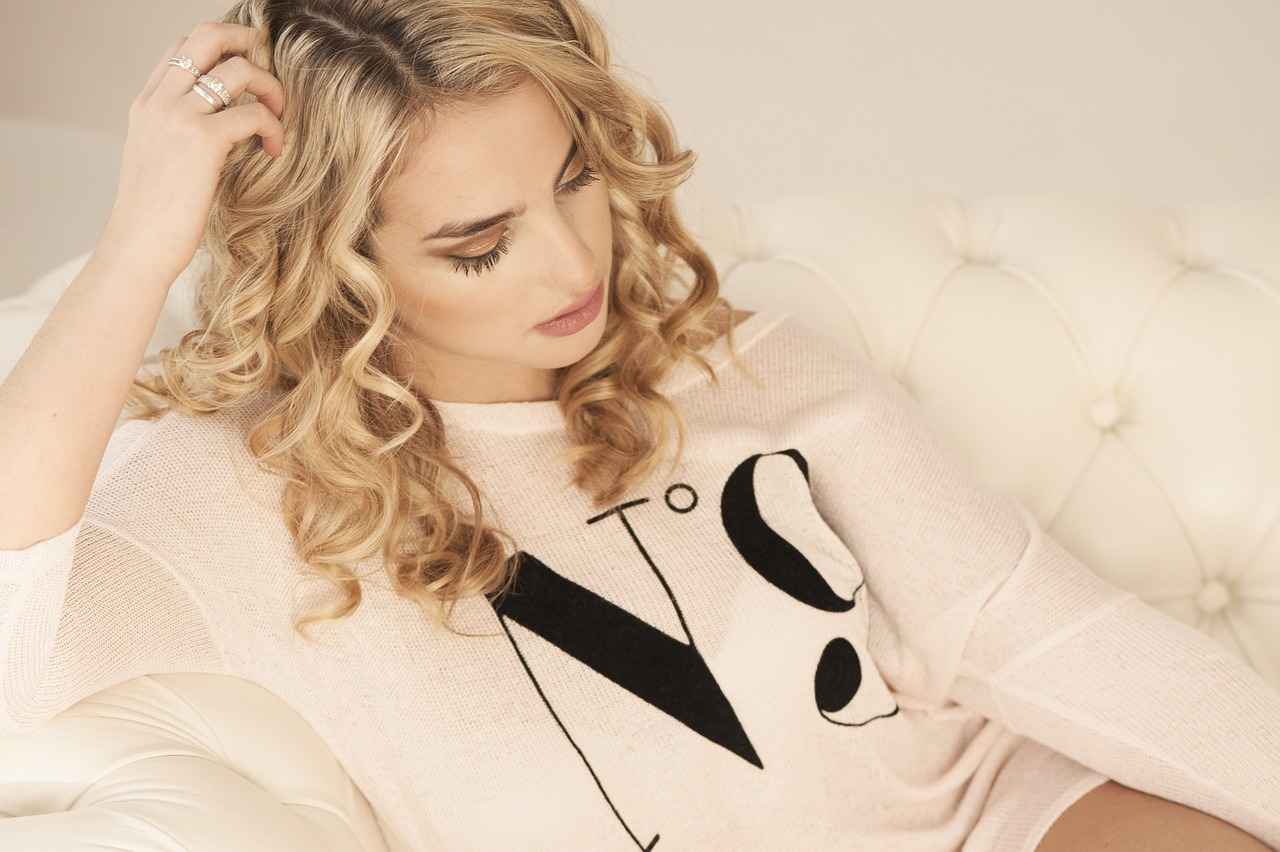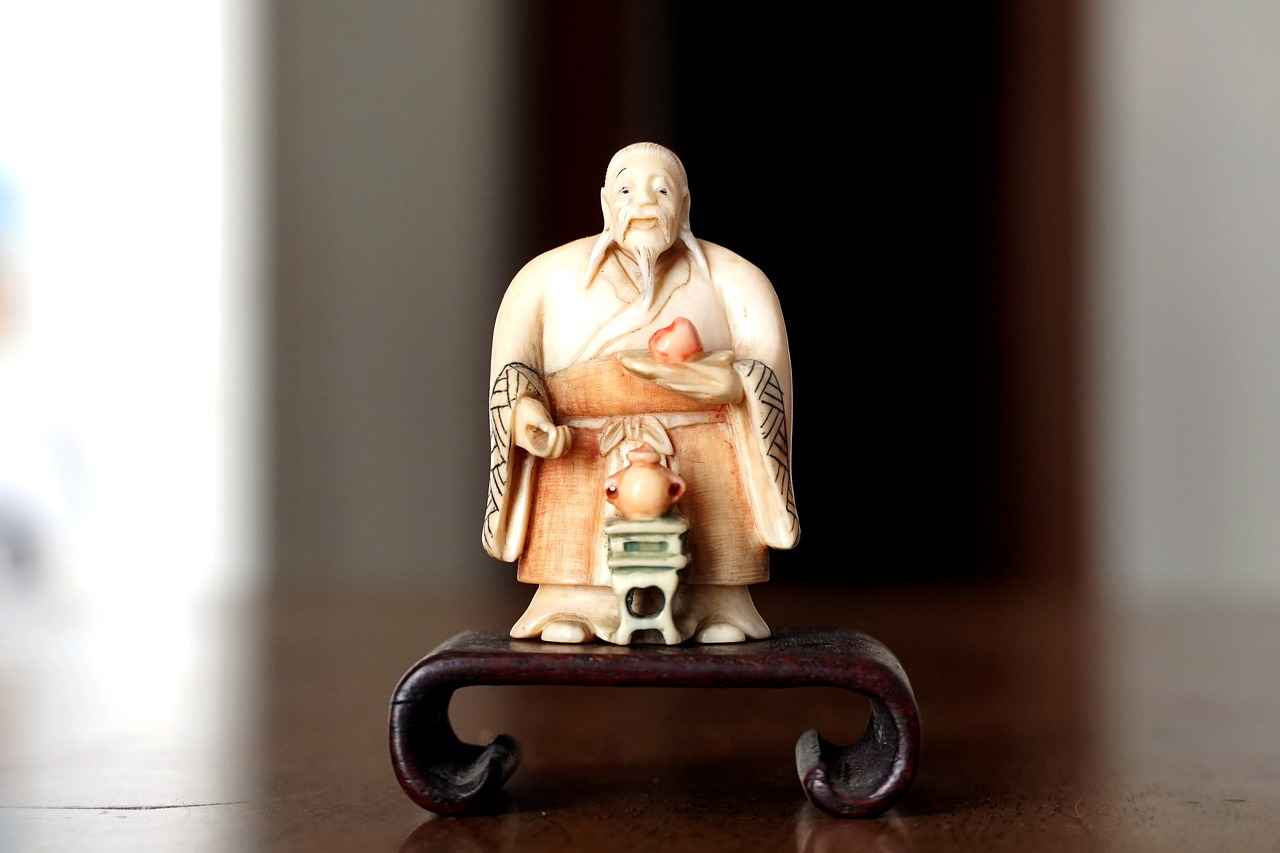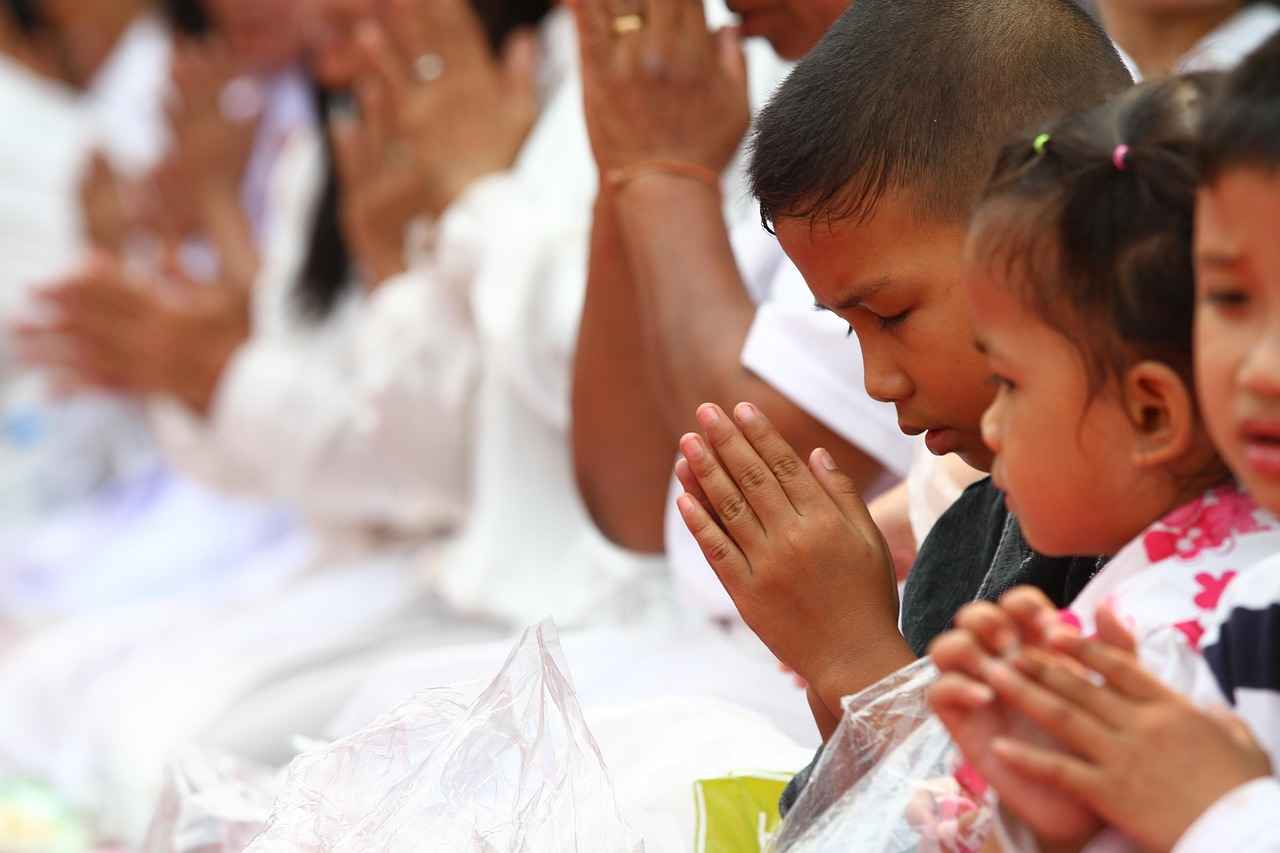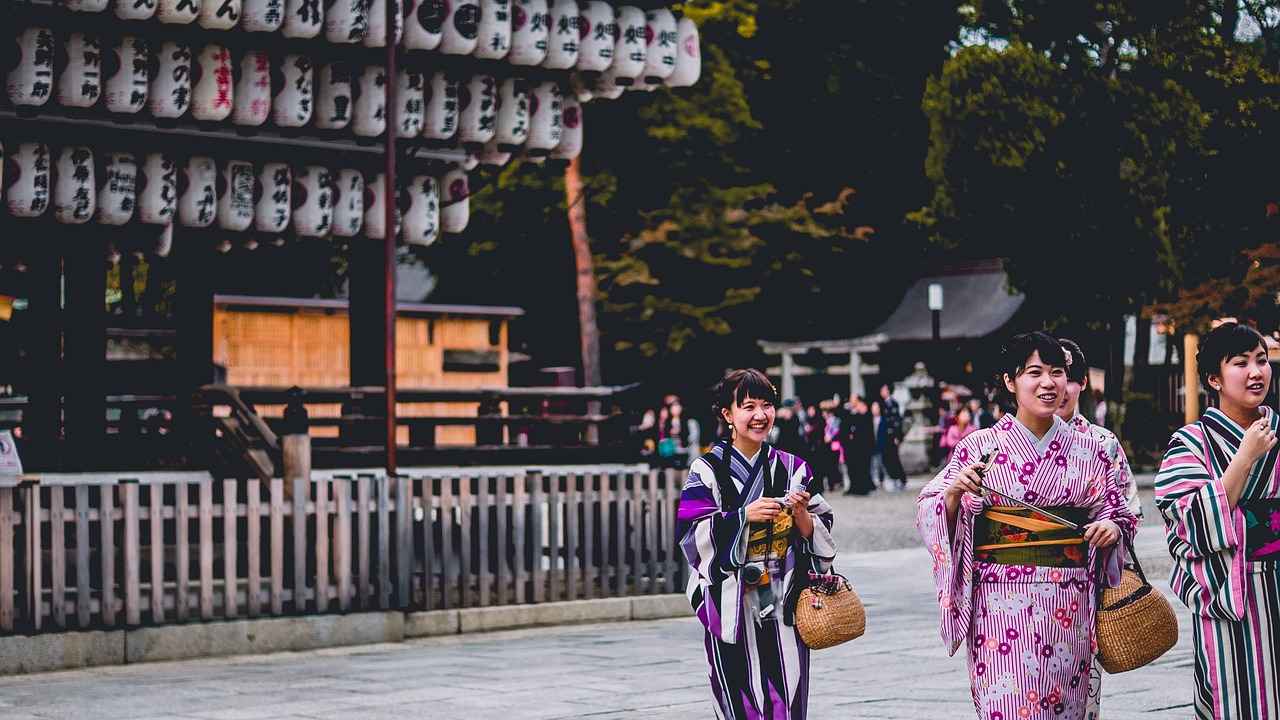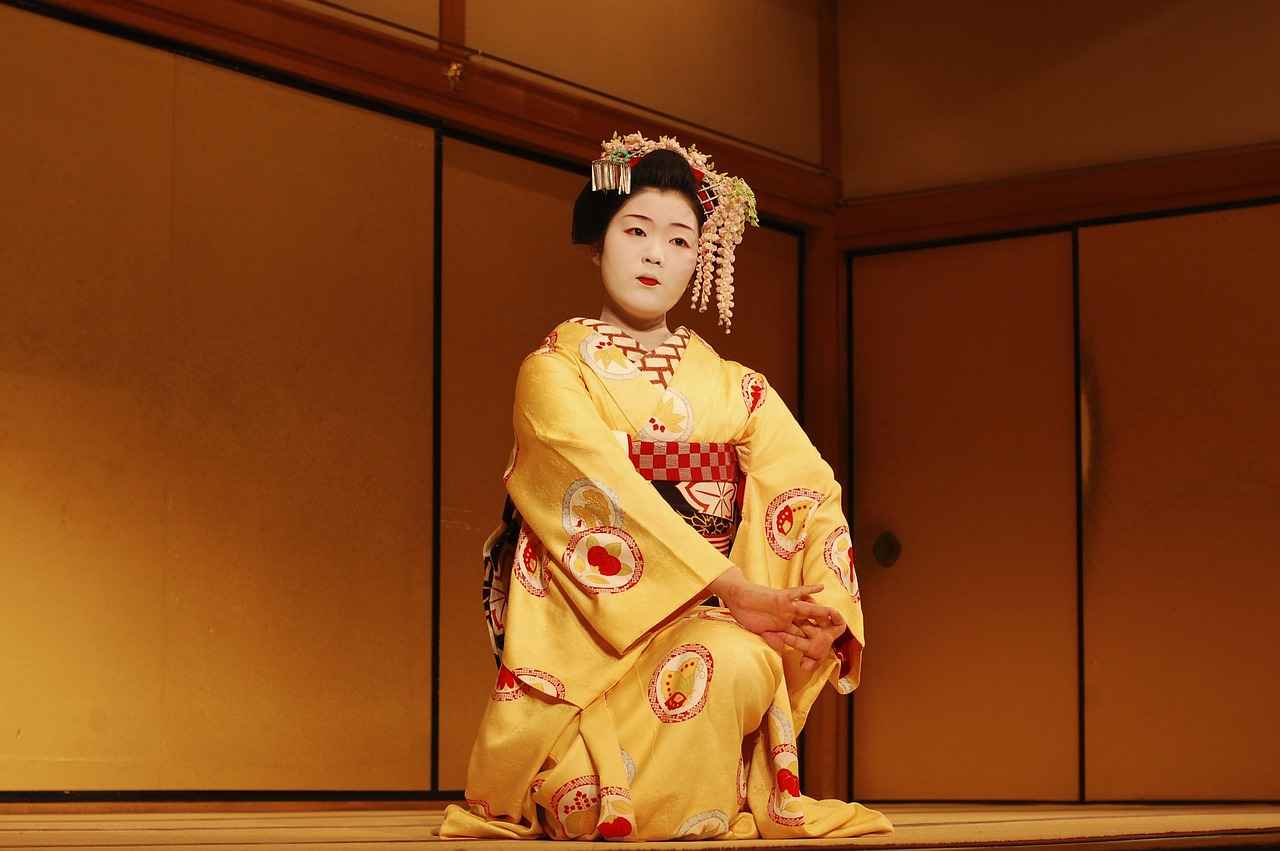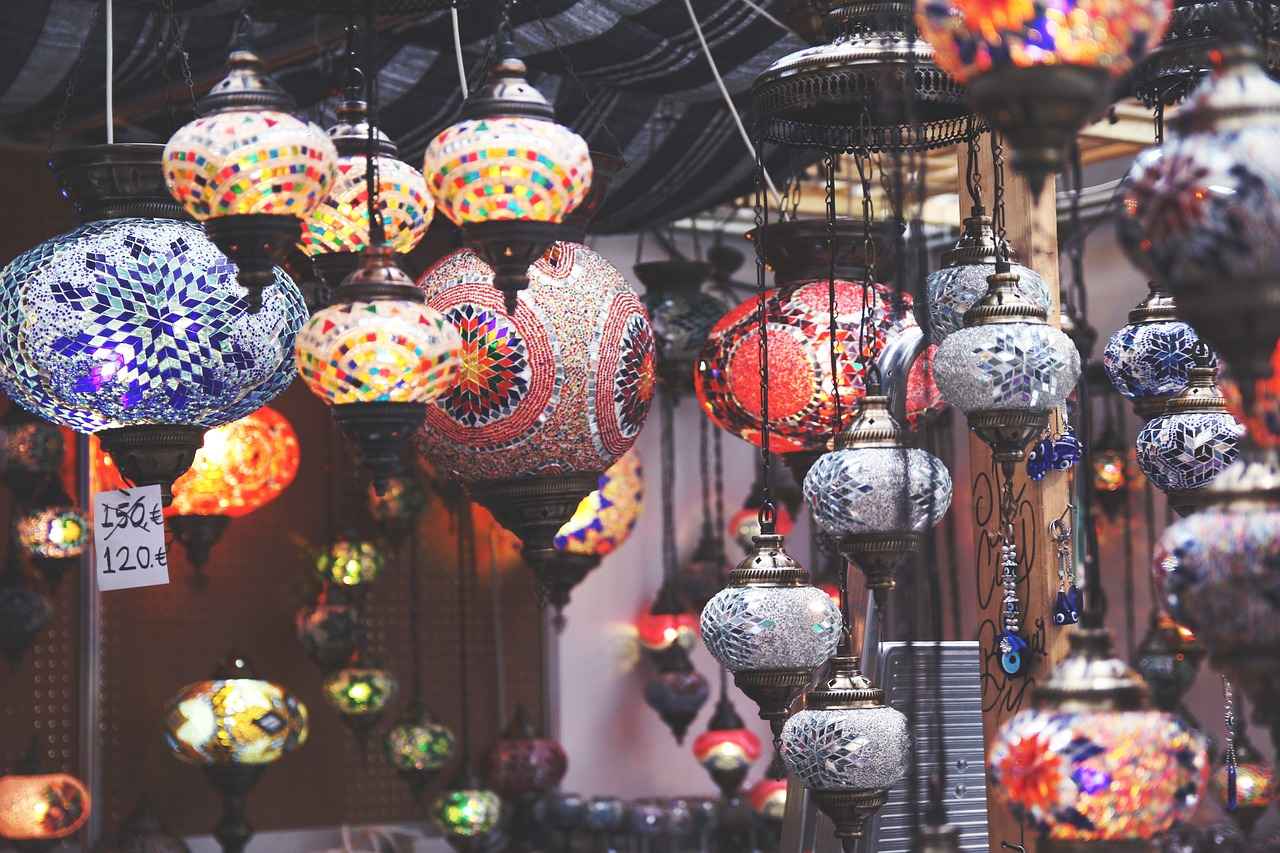Step into the vibrant world of kimono party outfits and discover how these exquisite garments can infuse your next gathering with elegance and tradition. Kimonos are not just clothing; they are a celebration of culture and artistry, making them a perfect choice for various occasions. In this guide, we will delve into the rich history, styling tips, and outfit ideas to help you choose the perfect kimono for your event.
Understanding the Kimono
The kimono is a traditional Japanese garment that has stood the test of time, symbolizing grace and elegance. Its significance goes beyond mere fashion; it represents a connection to Japan’s rich cultural heritage. Each kimono tells a story, often reflecting the wearer’s personality and the occasion at hand.
Types of Kimonos
- Casual Kimonos: Perfect for relaxed gatherings, these kimonos are made from lightweight fabrics and often feature vibrant patterns.
- Formal Kimonos: Designed for special occasions, formal kimonos boast intricate designs and luxurious materials, ideal for weddings and ceremonies.
- Festival Kimonos: Often colorful and festive, these kimonos are perfect for cultural celebrations and events.
Accessorizing Your Kimono
Accessories play a crucial role in enhancing your kimono look. Consider pairing your outfit with a beautifully tied obi (sash) and selecting jewelry that complements your ensemble. The right footwear, such as traditional geta or modern sandals, can also elevate your appearance.
Color and Pattern Considerations
The choice of color and pattern can greatly impact your kimono’s overall aesthetic. Consider the event’s theme and your personal style when selecting your outfit. Traditional motifs often carry specific meanings, adding depth to your choice.
Where to Buy Kimonos
Finding the perfect kimono is easier than ever, with options ranging from online retailers to local boutiques. Look for shops that specialize in traditional garments to ensure authenticity and quality.
Conclusion: Elevate Your Event with a Kimono
Wearing a kimono to your next event is not just about fashion; it’s about embracing a rich cultural heritage. With the right outfit, accessories, and confidence, you can make a memorable impression that celebrates both tradition and personal style.
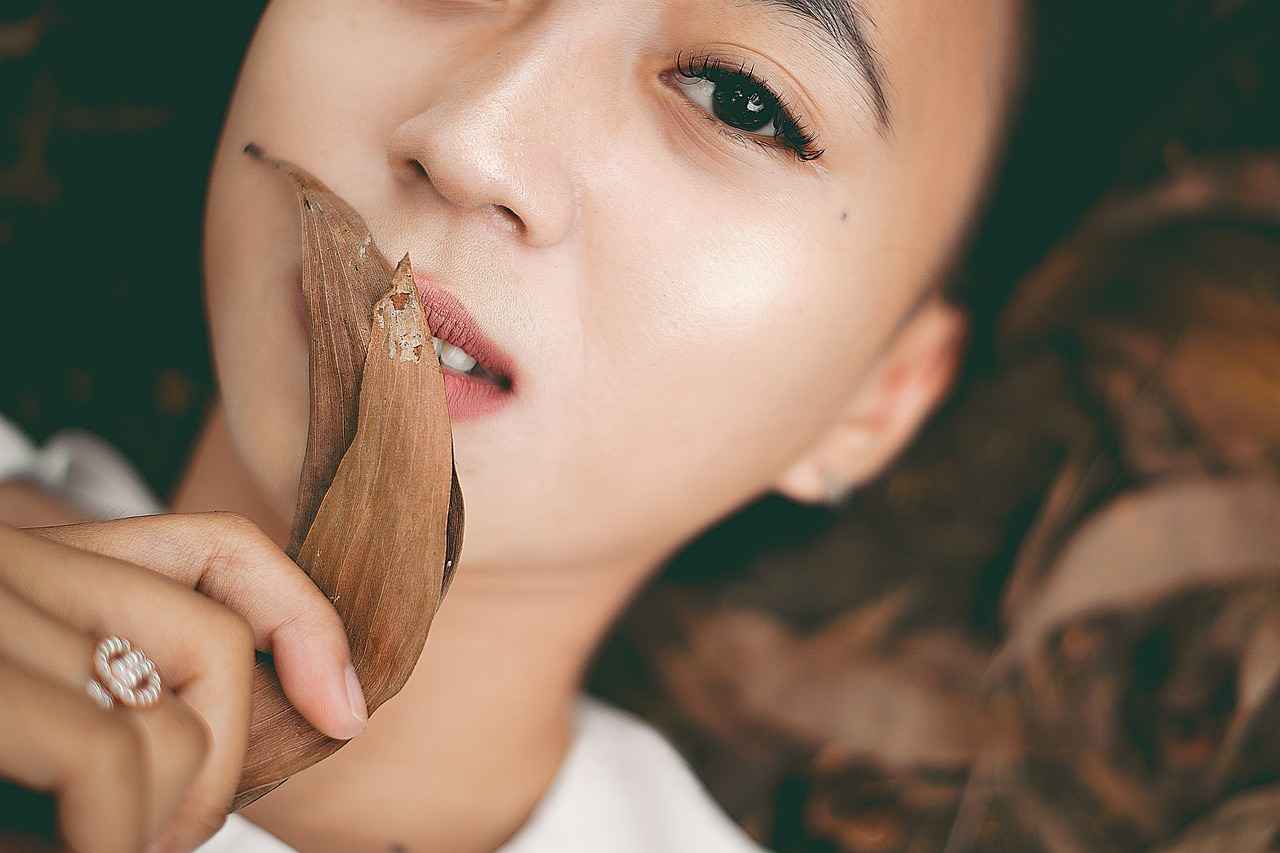
Understanding the Kimono
The kimono is more than just a garment; it is a profound symbol of Japanese culture and tradition. Originating over a thousand years ago, the kimono has evolved through various historical periods, reflecting the changing aesthetics and values of Japanese society. Initially worn by the nobility, this exquisite piece of clothing has become accessible to all, embodying a rich tapestry of artistry and meaning.
Historically, the kimono’s design and colors were meticulously chosen to convey messages about the wearer’s status, age, and even the season. For example, younger individuals often wore brighter colors and elaborate patterns, while older generations preferred more subdued tones. The obi, a wide belt that cinches the kimono at the waist, further enhances its elegance and can vary in style and complexity depending on the occasion.
- Formal Occasions: For ceremonies and weddings, kimonos are often made from luxurious fabrics like silk and adorned with intricate embroidery.
- Casual Wear: Lightweight cotton kimonos are perfect for summer festivals, allowing for comfort while maintaining traditional aesthetics.
- Seasonal Variations: The choice of colors and patterns often reflects the changing seasons, with floral designs being popular in spring.
Moreover, the kimono is a representation of grace and elegance, often worn during significant life events such as graduations or tea ceremonies. Each style carries its own significance, making the kimono not just a piece of clothing but a storytelling medium that connects generations.
In modern times, the kimono has transcended its traditional boundaries, becoming a fashionable choice for various events worldwide. By understanding its rich history and cultural significance, one can appreciate the kimono as a timeless symbol of elegance that continues to inspire and influence fashion today.
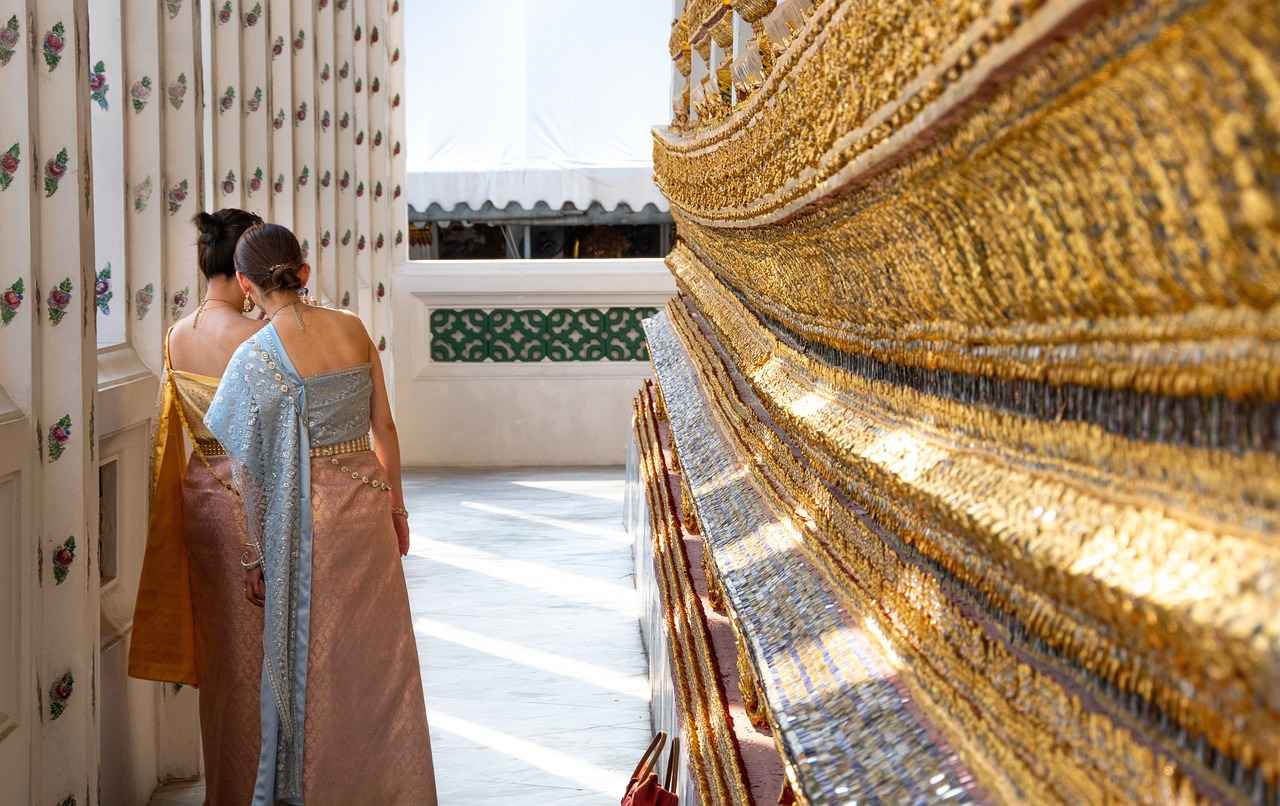
Types of Kimonos
When it comes to kimonos, there is a rich variety to choose from, each designed to suit different occasions and personal styles. Understanding the various types of kimonos can help you make an informed choice for your next event.
- Casual Kimonos: These are perfect for everyday wear or informal gatherings. Usually made from lightweight materials, casual kimonos often feature vibrant colors and playful patterns. They can be paired with jeans or shorts for a modern twist, allowing for comfortable yet stylish outfits.
- Formal Kimonos: Designed for special occasions such as weddings or formal ceremonies, these kimonos are often crafted from luxurious fabrics and adorned with intricate designs. Formal kimonos typically feature subdued colors and elegant motifs, making them a sophisticated choice for significant events.
- Festival Kimonos: Ideal for cultural festivals and celebrations, these kimonos are often colorful and lively, reflecting the festive spirit. They can include bold patterns and are usually made from cotton or synthetic materials, which are easy to wear during outdoor events.
Choosing the Right Kimono: When selecting a kimono, consider the occasion and your personal style. Casual kimonos offer versatility, while formal options provide elegance. Festival kimonos allow you to express your fun side. Regardless of the type, each kimono carries its own charm and significance.
Conclusion: The variety of kimonos available ensures that there is something for everyone, whether you prefer a relaxed look or a more sophisticated style. Embrace the beauty of kimonos and find the perfect one that resonates with your personality and the occasion.
Casual Kimonos
are a delightful addition to any wardrobe, offering a unique blend of comfort and style that is perfect for everyday wear or relaxed gatherings. These versatile garments are typically crafted from lightweight fabrics such as cotton or rayon, making them ideal for warm weather and casual outings. With their vibrant patterns and colors, casual kimonos can effortlessly elevate any outfit.
One of the defining features of casual kimonos is their variety of designs. From floral prints to geometric patterns, there is a casual kimono to suit every taste. These designs not only reflect personal style but also add a touch of cultural flair to modern attire. Whether you are heading to a picnic, a beach day, or a casual brunch with friends, a kimono can be a chic layering piece that enhances your look.
| Style | Description |
|---|---|
| Open Front | Easy to wear and style, perfect for layering over tops and dresses. |
| Wrap Style | Offers a more fitted silhouette, often with a tie closure for added definition. |
| Longline | Provides extra coverage and can be paired with fitted bottoms for balance. |
When it comes to styling, casual kimonos can be paired with a variety of outfits. For a laid-back look, consider wearing a kimono over a simple t-shirt and jeans. Alternatively, you can dress it up by layering it over a fitted dress or a stylish jumpsuit. The key is to maintain a balance between the kimono’s loose fit and the more structured pieces underneath.
In conclusion, casual kimonos are an excellent choice for anyone looking to incorporate a touch of elegance into their everyday wardrobe. With their lightweight materials and vibrant designs, they provide both comfort and style, making them a must-have for relaxed gatherings and casual outings.
Fabric Choices for Casual Kimonos
When it comes to choosing the perfect fabric for casual kimonos, comfort and breathability are key factors that can greatly enhance your overall look and feel. Casual kimonos are designed for relaxed settings, making them a popular choice for everyday wear or informal gatherings. Below, we explore some of the best fabric options that not only provide a laid-back aesthetic but also ensure maximum comfort.
- Cotton: This classic fabric is a top choice for casual kimonos due to its lightweight and breathable nature. Cotton allows for excellent airflow, making it perfect for warm weather. Additionally, it is easy to care for and comes in a variety of colors and patterns.
- Linen: Renowned for its natural breathability, linen is another fantastic option. It has a slightly textured finish that adds a unique touch to your kimono. The fabric is also known for its ability to keep you cool, making it ideal for summer outings.
- Rayon: This synthetic fabric mimics the feel of silk but is much more affordable. Rayon is soft, drapes beautifully, and is available in vibrant prints. Its moisture-wicking properties make it a comfortable choice for warmer climates.
- Viscose: Similar to rayon, viscose is a semi-synthetic fabric that offers a luxurious feel. It is soft and flowy, making it perfect for creating a relaxed silhouette. Viscose is also known for its color retention, ensuring your kimono looks fresh and vibrant.
Choosing the right fabric for your casual kimono not only impacts your comfort but also enhances your overall style. Whether you prefer the classic feel of cotton or the luxurious touch of rayon, selecting breathable materials will ensure you look and feel your best.
Styling Tips for Casual Kimonos
Casual kimonos are a versatile addition to any wardrobe, blending traditional aesthetics with modern fashion sensibilities. To help you enhance your overall appearance while maintaining a traditional touch, here are some practical styling tips:
- Layering is Key: Pair your casual kimono with a simple tank top or a fitted t-shirt. This creates a balanced silhouette, allowing the kimono to be the focal point of your outfit.
- Choose the Right Bottoms: Opt for high-waisted jeans or tailored shorts. These options provide a contemporary contrast to the flowing lines of the kimono.
- Accessorize Thoughtfully: Incorporate accessories like statement necklaces or layered bracelets to add a modern twist. A stylish belt can also cinch the waist, creating a flattering shape.
- Footwear Matters: For a casual look, consider pairing your kimono with comfortable sandals or trendy sneakers. This combination keeps the outfit relaxed yet chic.
- Experiment with Patterns: Don’t shy away from vibrant patterns or colors. A bold kimono can elevate a simple outfit, making it stand out at any casual gathering.
- Mind the Length: Consider the length of your kimono. A shorter kimono can be paired with longer tops or dresses underneath for a layered look, while longer kimonos work well with fitted bottoms.
By following these tips, you can effortlessly blend the traditional elegance of a kimono with modern outfit choices, creating a unique style that reflects your personality.
Formal Kimonos
Formal kimonos are exquisite garments that embody the rich cultural heritage of Japan, making them ideal for special occasions such as weddings, ceremonies, and other significant events. These kimonos are meticulously crafted from luxurious fabrics, often featuring intricate designs that showcase the artistry of traditional Japanese craftsmanship.
When it comes to formal kimonos, the choice of fabric plays a crucial role in the overall aesthetic. Common materials include silk, brocade, and crepe, each contributing to the garment’s elegance and comfort. Silk, in particular, is favored for its soft texture and lustrous finish, making it a popular choice for formal occasions.
One of the standout features of formal kimonos is their elaborate patterns and colors. These designs often symbolize various themes, such as nature or seasons, and are carefully selected to convey a sense of celebration and joy. For instance, floral motifs might be used for weddings, while more subdued colors may be appropriate for formal ceremonies.
Accessorizing a formal kimono is equally important. The obi, a wide belt that wraps around the waist, is essential in completing the look. It can be adorned with intricate patterns and tied in various styles, adding to the overall elegance. Additionally, choosing the right jewelry and footwear can enhance the outfit’s sophistication, ensuring a cohesive appearance.
In summary, formal kimonos are not just garments; they are a celebration of culture, artistry, and elegance. Whether you are attending a wedding or a formal ceremony, wearing a beautifully designed kimono allows you to embrace tradition while making a stylish statement. With the right fabric, design, and accessories, you can truly shine at your next special event.
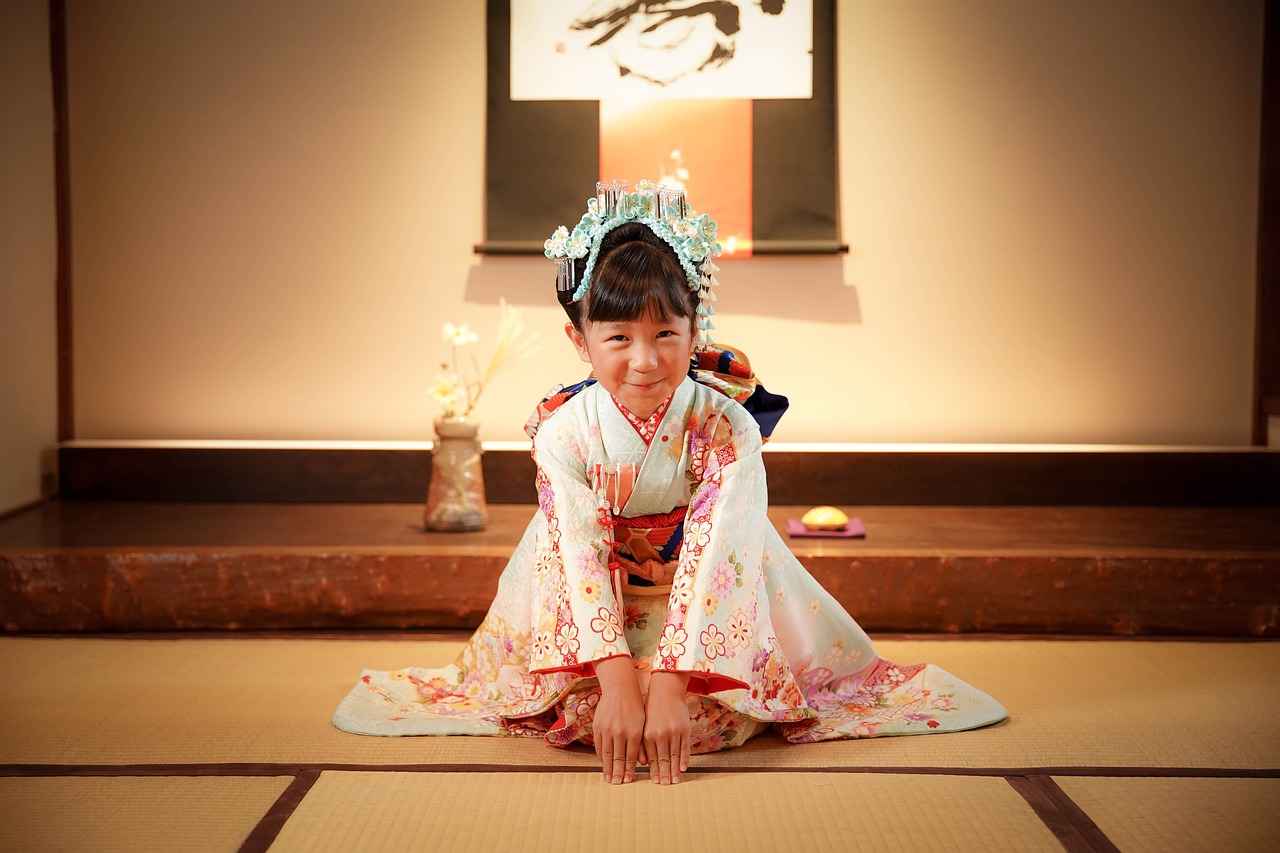
Accessorizing Your Kimono
When it comes to achieving the perfect kimono look, the right accessories play a crucial role. Accessories not only enhance the beauty of your ensemble but also reflect your personal style and cultural appreciation. Here, we delve into the various elements that can elevate your kimono outfit, from obi belts to stunning jewelry.
| Accessory | Purpose | Styling Tips |
|---|---|---|
| Obi Belts | Defines the waist and adds structure to the kimono. | Choose a contrasting color to your kimono for a striking look. |
| Jewelry | Complements the kimono while adding a touch of elegance. | Opt for minimalist designs to keep the focus on the kimono. |
| Footwear | Provides comfort and completes the overall look. | Traditional zori sandals are a perfect match for kimonos. |
Choosing the Right Obi
The obi is one of the most significant accessories in kimono fashion. It serves not only a functional purpose but also acts as a statement piece. When selecting an obi, consider color, pattern, and width. A wider obi can create a more dramatic look, while a thinner one may suit a more delicate kimono.
Jewelry and Footwear Pairings
When accessorizing with jewelry, aim for pieces that harmonize with your kimono’s design. Simple earrings or a delicate necklace can enhance your outfit without overwhelming it. For footwear, traditional options like geta or zori are ideal; they maintain the cultural integrity of your look.
In conclusion, the right accessories can transform your kimono from beautiful to breathtaking. By carefully selecting items that complement your outfit, you can achieve a cohesive and stylish appearance that reflects both tradition and personal flair.
Choosing the Right Obi
is a crucial aspect of wearing a kimono, as it not only serves a functional purpose but also significantly enhances the overall aesthetic of your outfit. The obi, a traditional sash, can transform a simple kimono into a stunning ensemble that reflects your personal style and the occasion’s formality.
When selecting an obi, consider the following factors:
- Material: The fabric of the obi plays a vital role in its appearance. Silk is often preferred for formal occasions due to its luxurious feel and sheen, while cotton or polyester may be suitable for casual outings.
- Width: Obis come in various widths. A wider obi can create a more dramatic look, while a narrower one offers a subtle elegance. Choose based on your body type and the kimono’s design.
- Color and Pattern: The color and pattern of the obi should complement your kimono. For a harmonious look, select an obi that features colors found in the kimono’s fabric. Alternatively, a contrasting obi can make a bold statement.
- Style: There are different styles of obis, such as the haneri, which is shorter and often tied in a simple knot, and the fukuro obi, which is longer and allows for more intricate tying techniques. Consider your skill level in tying obis when making your choice.
In addition to these factors, think about the occasion. For formal events, opt for an obi that showcases ornate designs and rich colors. For casual gatherings, a simpler, more playful obi can enhance your outfit without overwhelming it.
Ultimately, the right obi should not only fit well but also resonate with your style and the message you wish to convey through your kimono attire. By paying attention to these elements, you can ensure that your kimono outfit is both beautiful and meaningful.
Jewelry and Footwear Pairings
When it comes to styling your kimono, the accessories you choose, including jewelry and footwear, play a crucial role in achieving a harmonious and stylish appearance. The right combinations not only enhance your outfit but also reflect your personal style and respect the traditional aesthetics of the kimono.
Jewelry Selection
- Minimalist Approach: Opt for delicate pieces that won’t overpower the intricate designs of your kimono. Simple earrings or a subtle necklace can add a touch of elegance without clashing.
- Traditional Touch: Consider wearing kanzashi, traditional hair ornaments, which can beautifully complement your kimono while adding a cultural flair.
- Color Coordination: Choose jewelry that matches or complements the colors in your kimono. For instance, if your kimono features shades of blue, silver or pearl accessories can enhance the overall look.
Footwear Choices
- Geta: These traditional wooden sandals are a classic choice for kimono outfits. They elevate your look while maintaining authenticity.
- Zori: Opt for zori sandals, which are often made of straw or fabric. They provide comfort and are available in various styles to suit different kimonos.
- Color Matching: Just like with jewelry, ensure that your footwear complements your kimono. Neutral tones often work well, but don’t hesitate to choose something that adds a pop of color if it aligns with your overall theme.
By carefully selecting your jewelry and footwear, you can create a cohesive look that not only honors the traditional aspects of the kimono but also showcases your unique style. Remember, the goal is to enhance your outfit, allowing the beauty of the kimono to shine through while adding your personal touch.
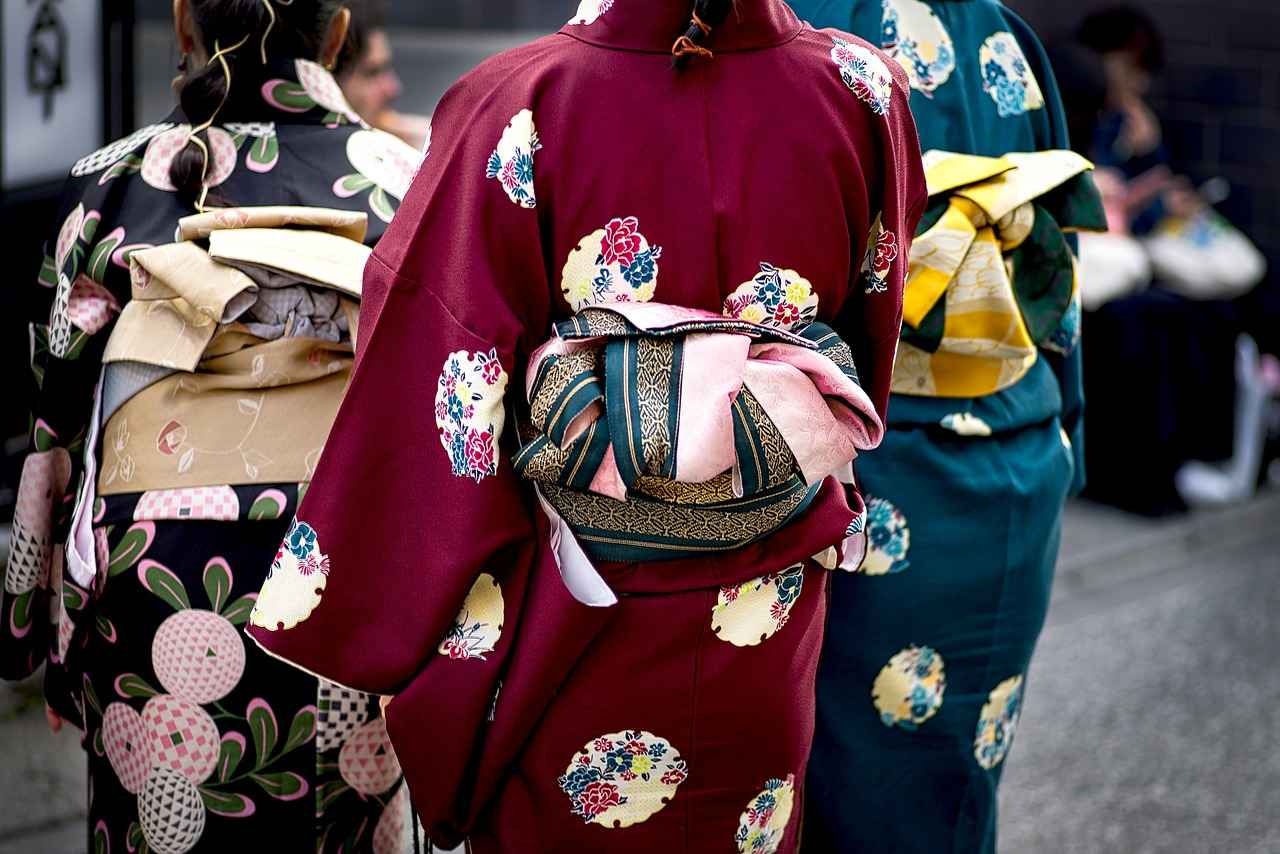
Color and Pattern Considerations
In the world of kimono fashion, color and patterns play a crucial role in expressing personal style and aligning with the theme of an event. Understanding the significance of these elements can help you make informed choices when selecting your outfit.
The Importance of Color
- Symbolism: Different colors carry various meanings in Japanese culture. For instance, red symbolizes happiness and good fortune, while blue often represents tranquility and calmness.
- Seasonality: Colors can also reflect the seasons. Bright, vibrant hues are favored in spring and summer, while deeper, muted tones are more common in fall and winter.
- Event Appropriateness: Choosing the right color can align your outfit with the event’s theme. For formal occasions, opt for subdued colors like navy or burgundy, while festive gatherings allow for brighter shades.
Understanding Patterns
- Traditional Patterns: Patterns such as Asanoha (hemp leaf) and Seigaiha (blue ocean waves) are rich in cultural significance and can enhance the traditional appeal of your kimono.
- Modern Interpretations: Many contemporary kimonos feature abstract or floral designs, allowing for a unique expression of personal style while maintaining a nod to tradition.
- Mixing Patterns: If you’re feeling adventurous, consider mixing patterns. Pairing a bold floral kimono with a subtle striped obi can create a striking visual contrast.
Personal Style Meets Event Theme
When selecting your kimono, consider how the color and pattern reflect your personal style. A vibrant floral kimono may suit a summer garden party, while a classically patterned kimono could be perfect for a formal ceremony. Ultimately, the right combination will not only enhance your appearance but also allow you to express your individuality.
In conclusion, understanding the significance of color and patterns in kimono fashion empowers you to make choices that resonate with both your personal style and the theme of your event. Embrace the beauty of this traditional garment and let it elevate your presence at any gathering.

Where to Buy Kimonos
When it comes to purchasing a kimono, the options are as diverse as the styles themselves. Whether you are searching for a traditional garment or a modern twist, there are numerous avenues to explore. Below, we outline some of the best places to shop for kimonos, ensuring you find the perfect outfit for your next gathering.
- Online Retailers: The internet offers a plethora of online shops specializing in kimonos. Websites like Etsy and Amazon feature a wide variety of styles, from casual to formal. Be sure to check customer reviews and ratings to ensure quality.
- Local Boutiques: Supporting local businesses is always a great choice. Many cities have boutiques that offer unique kimonos, often handcrafted or sourced from local artisans. Visiting these shops allows you to try on various styles and receive personalized advice.
- Japanese Cultural Stores: If you have access to a Japanese cultural store, these are excellent places to find authentic kimonos. They often carry a range of traditional garments, accessories, and even provide insights into the cultural significance of each piece.
- Thrift Stores and Vintage Shops: For those on a budget or looking for something unique, thrift stores can be treasure troves. Vintage kimonos can often be found at reasonable prices, allowing you to own a piece of history.
When shopping for a kimono, consider factors such as size, fabric, and occasion. It’s essential to find a piece that not only fits well but also resonates with your personal style. Don’t hesitate to ask for help from store staff or consult online reviews to ensure your choice is the right one.
In conclusion, whether you choose to shop online or in-person, there are countless options available to find the perfect kimono. Embrace the elegance of this traditional garment and make a statement at your next event!
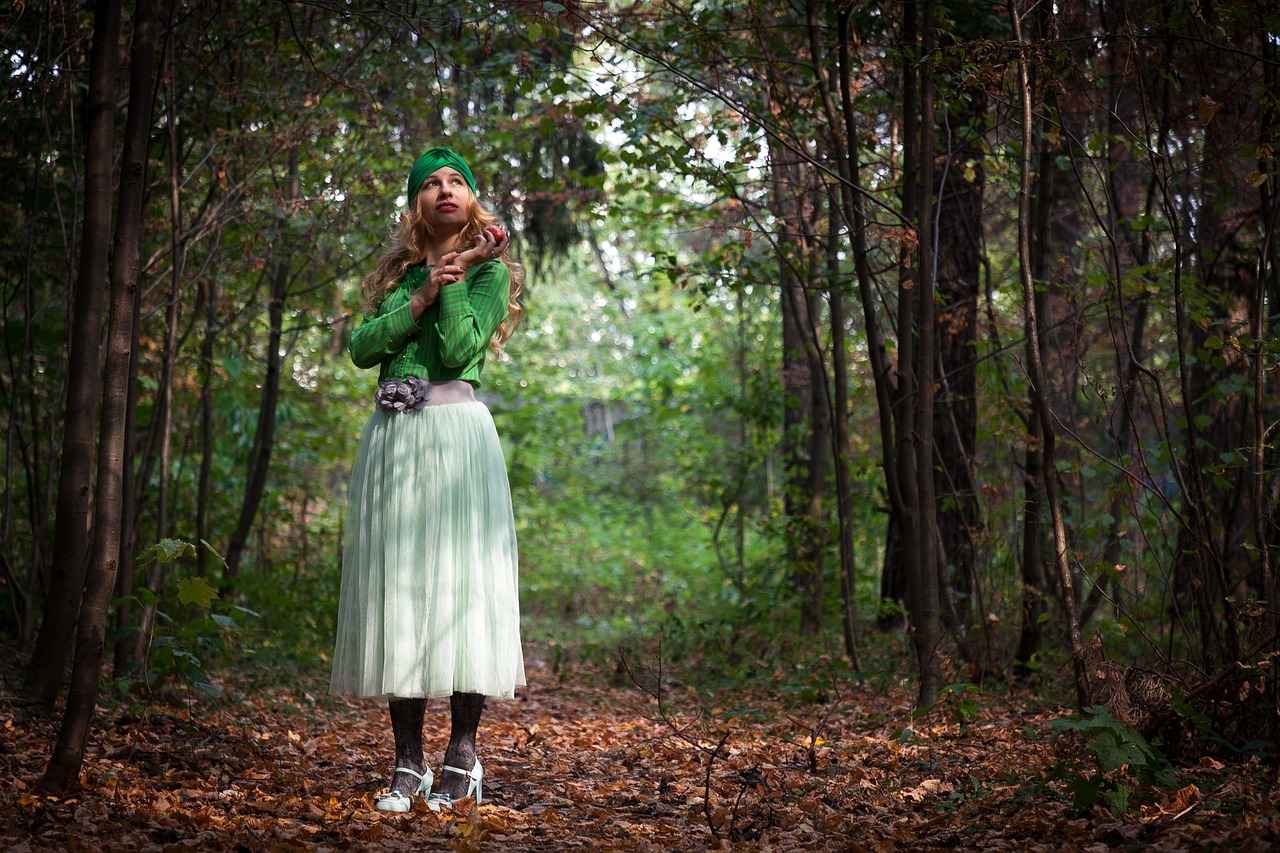
Tips for Wearing a Kimono with Confidence
Wearing a kimono is not just about donning a beautiful garment; it is about embracing a rich cultural heritage and showcasing your unique style. Here are some essential tips to help you wear a kimono with confidence:
- Understand the Basics: Familiarize yourself with the different types of kimonos, such as yukata for casual occasions and furisode for formal events. Knowing the context will boost your confidence in selecting the right kimono.
- Choose the Right Fit: Ensure your kimono fits well. A well-fitted kimono enhances your silhouette and boosts your confidence. Consider visiting a tailor if necessary to achieve the perfect fit.
- Master the Art of Tying an Obi: The obi is a crucial element of kimono styling. Practice tying it securely and elegantly, as it can dramatically affect your overall look. There are various styles of knots, so choose one that complements your outfit.
- Accessorize Thoughtfully: Accessories can elevate your kimono look. Consider adding a statement piece, such as a beautiful kanzashi hairpin or elegant jewelry, to express your personality while respecting traditional aesthetics.
- Practice Good Posture: Carry yourself with grace. Good posture not only enhances your appearance but also reflects the elegance associated with wearing a kimono. Stand tall and walk with confidence.
- Embrace Your Unique Style: While kimonos have traditional elements, don’t shy away from infusing your personal style. Experiment with layering or pairing with modern pieces to create a look that feels authentic to you.
By following these tips, you can confidently wear a kimono, embracing its beauty while expressing your individuality. Remember, the key is to feel comfortable and authentic in your attire.
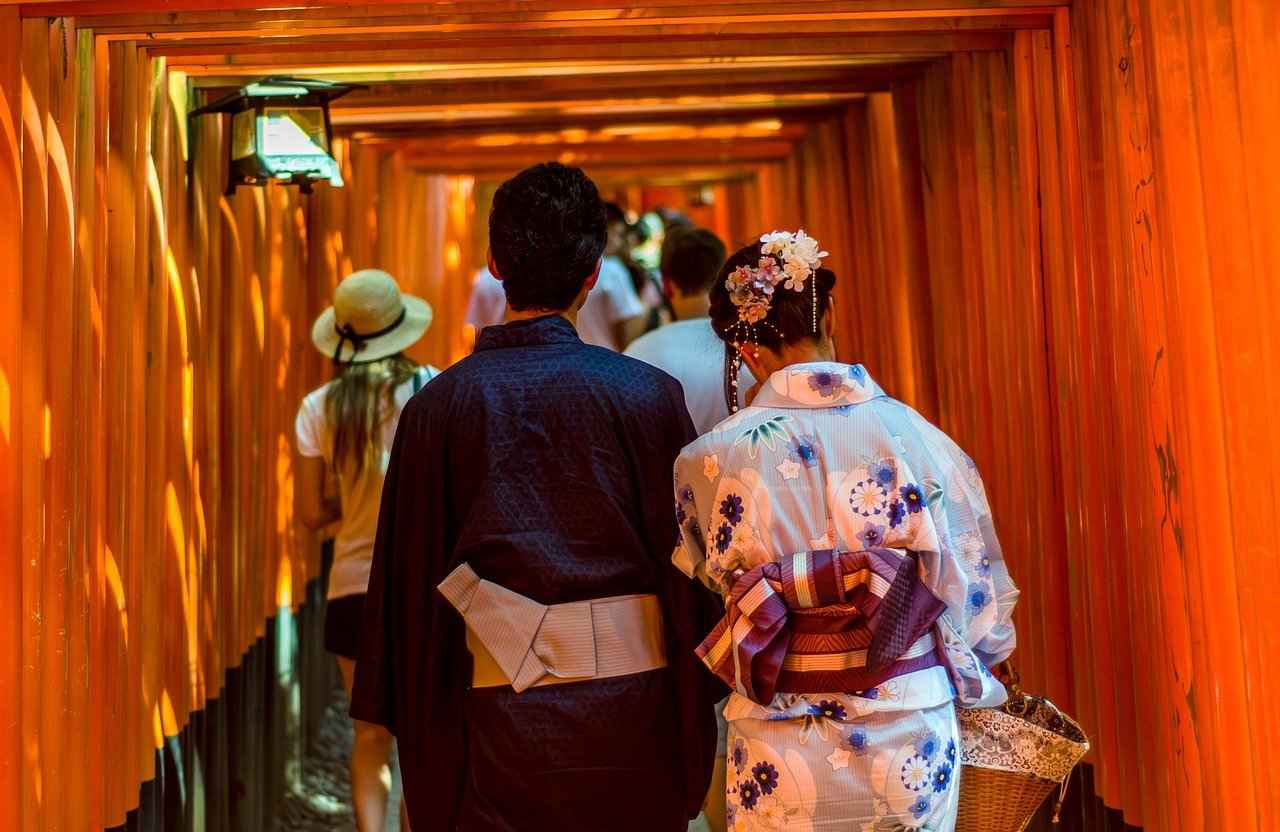
Conclusion: Elevate Your Event with a Kimono
As you conclude your journey into the world of kimono party outfits, it is essential to recognize the profound impact these garments can have on your overall style and the impression you leave at any event. Kimonos are not just clothing; they are a celebration of culture, art, and personal expression.
Wearing a kimono can instantly elevate your appearance, transforming a simple gathering into an extraordinary occasion. The intricate designs, vibrant colors, and luxurious fabrics of kimonos offer a unique way to stand out while embracing tradition. Whether you choose a formal kimono for a wedding or a casual one for a relaxed get-together, the elegance of this attire will undoubtedly catch the eye of fellow guests.
Moreover, kimonos are incredibly versatile. They can be paired with modern accessories or traditional elements, allowing you to tailor your look to fit the event’s theme and your personal style. By carefully selecting the right obi, jewelry, and footwear, you can create a cohesive and memorable outfit that reflects your individuality.
Furthermore, the cultural significance of kimonos adds an enriching layer to your attire. When you wear a kimono, you are not merely dressing up; you are also honoring a rich heritage that spans centuries. This connection to history can spark conversations and create a lasting impression on those around you.
In summary, embracing the kimono for your next event is a decision that goes beyond aesthetics. It is an opportunity to showcase your style, celebrate tradition, and make a lasting impact. So, as you prepare for your next gathering, consider how a beautifully crafted kimono can elevate your experience, leaving everyone with a memorable impression of your unique flair.
Frequently Asked Questions
- What is a kimono?
A kimono is a traditional Japanese garment characterized by its long sleeves and wrap-around design. It’s not just clothing; it’s a symbol of cultural heritage, elegance, and grace.
- How do I choose the right kimono for an event?
Consider the occasion first! For formal events, opt for a luxurious fabric and intricate designs. For casual gatherings, lightweight fabrics with vibrant patterns work best. Think of it like choosing the right outfit for a party; you want to match the vibe!
- What accessories should I wear with my kimono?
Accessories can elevate your kimono look! A well-chosen obi belt is essential, but don’t forget about jewelry and footwear. Aim for a cohesive style that complements your outfit, just like the perfect finishing touches on a beautiful painting.
- Can I wear a kimono if I’m not Japanese?
Absolutely! Kimonos are for everyone. Wearing one is a wonderful way to appreciate and celebrate Japanese culture. Just remember to wear it with respect and confidence!
- Where can I buy a kimono?
You can find kimonos in various places! Check out online retailers, local boutiques, or even specialty stores that focus on Japanese attire. It’s like a treasure hunt for the perfect outfit!
